#24. Diego Garcia Island
Diego Garcia is an island made mostly out of coral reefs. It is located in the Indian Ocean, 2,000 miles east of Africa and nearly 1,000 miles south of India. Even though it’s rather small in size, it is the largest island in the Chagos Archipelago.
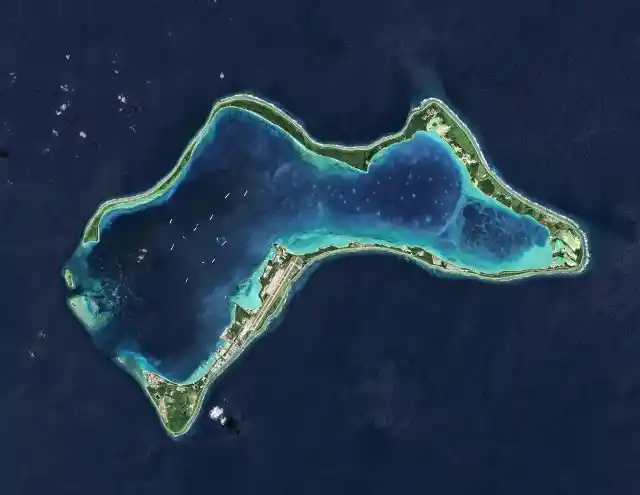

It’s actually a coral island, as it is surrounded by a ring-shaped coral reef. It boasts a rich marine life and it is a great diving spot. Furthermore, it features story-like beaches with turquoise waters lined with palm trees. I know what you’re thinking: why was I never told about this island before?
#23. Secluded Island
But there’s something special about Diego Garcia. Unlike many other islands in the Indian Ocean, such as The Maldives, Diego Garcia has never received much tourism. But why have honeymooners never traveled here if its beaches are so paradisiac?

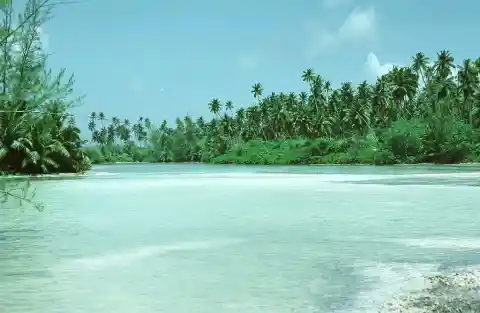
The thing is that the island is very far off from the Asian and African coast, and since it is so small it has never had an airport, nor has there ever been any airports nearby. Thus, very few people have had the privilege of witnessing Diego Garcia’s beauty.
#22. The Island’s Discovery
According to the very few historical records that exist today, Diego Garcia was discovered for the first time in 1512 when the Portuguese explorer Pedro Mascarenhas arrived in the Chagos Archipelago. However, historians aren’t sure whether the island was inhabited before the arrival of the Europeans.
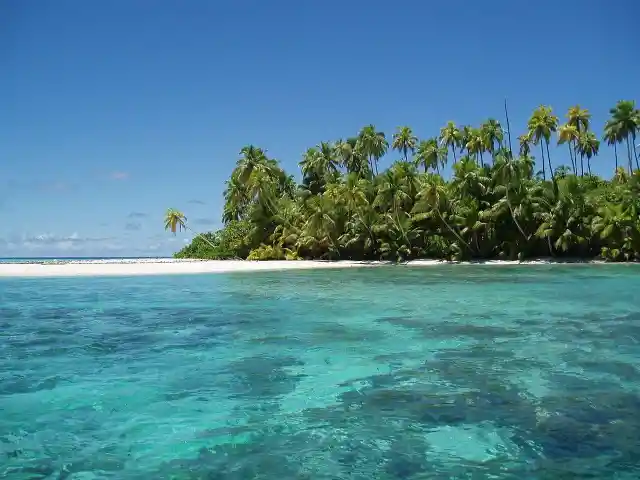
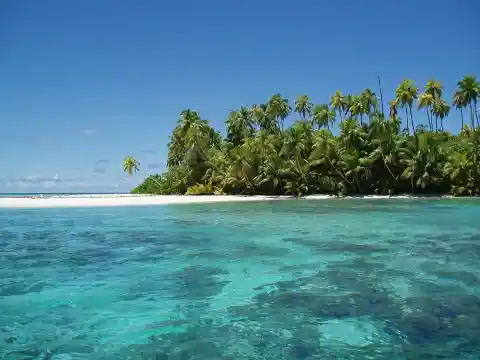
Most historians believe that before 1512 the Chagos Islands hosted lost or stranded sailors that were trying to reach the Indian subcontinent. In turn, there is little evidence to support the theory that the island already had a native population by the early 16th century. The settlement of native tribes took place a couple of centuries later.
#21. French And British Fight For Control
Even though the Portuguese were the first ones to ever arrive, its monarchy never gave these coral islands too much importance. However, in the early 18th century, the French colony of Mauritius settled and assumed ownership of Diego Garcia.


Immediately after that, the British East Indian Company made a failed attempt to take control of the island. Diego Garcia became famous mainly for its coconut plantations, and to harvest the crops, the French owners began bringing in slaves from other French African colonies like Mozambique and Madagascar.
#20. Napoleonic Wars
In 1803, the Napoleonic Wars broke out. You’re probably wondering what this has to do with the Chagos Islands, considering these wars were fought thousands of kilometers away. Well, the thing is that the French Empire was defeated by the United Kingdom, and this had important geopolitical consequences throughout the world.
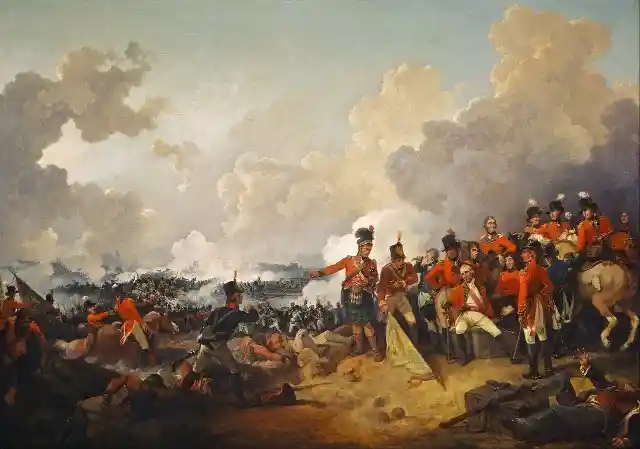
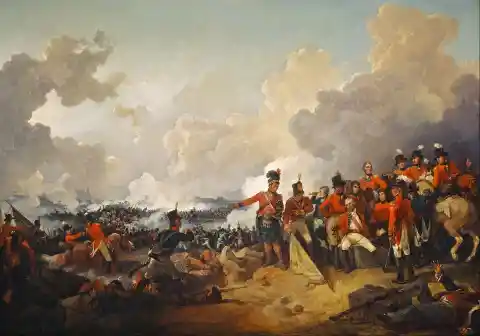
France’s defeat resulted in the drawing of the Treaty of Paris in 1815, which redefined the borders of the French Empire. Among the many changes it brought, the Chagos Islands – including, of course, Diego Garcia – were handed over to the British.
#19. The Workers’ Way Of Life
After the Napoleonic Wars, the Chagos Archipelago became a dependency of the British colony of Mauritius and remained as such for one and a half centuries. But during those years, the island received a significant influx of African workers.
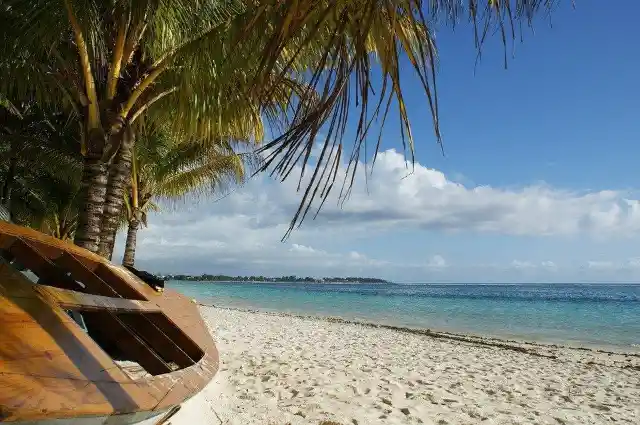
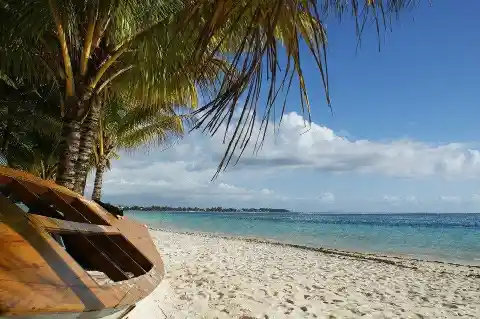
However, the lives and working conditions of these African workers were extremely different from those of the slaves in the rest of the world. In fact, the Chagossians enjoyed a rather idyllic way of life and they developed their own culture and traditions. They also founded villages and schools and even created their own dialect, a variation of the language spoken in Mauritius.
#18. The World Wars
When World War I broke out in 1914, the Chagos Islands and the lives of its villagers were not affected by the conflict. However, the case was different from World War II, since, in 1942, a British Royal Air Force station was opened on Diego Garcia.
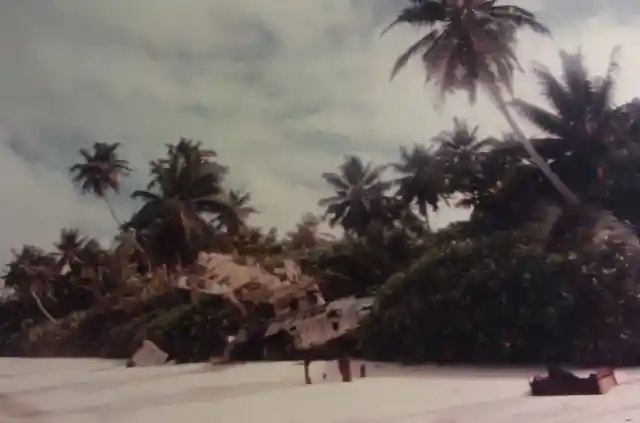
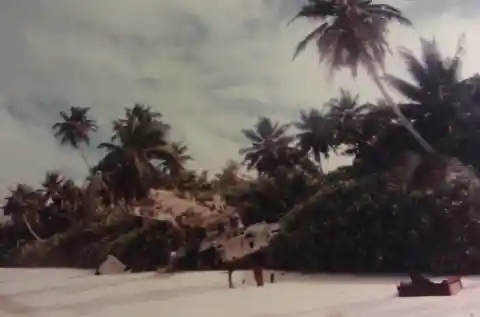
Throughout the war, this tiny island played a significant role and all thanks to the British air force station. However, when the war ended in 1945, this station closed down. But what happened next?
#17. A Major Military Asset
But even though the island’s military station closed down, Chagos Archipelago continued being regarded as a useful military asset. Therefore, when the British left the region and abandoned the island during the 1960s, they came to an agreement with the government of the United States.
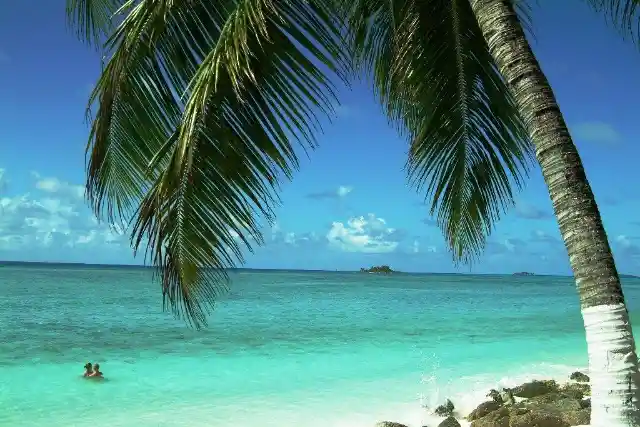
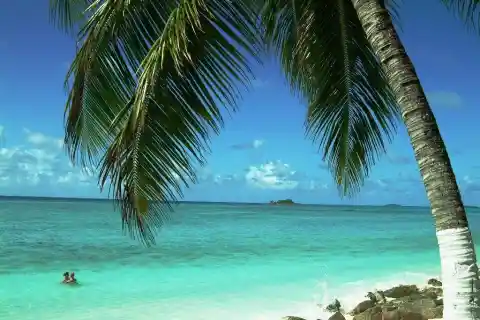
This agreement allowed the Americans to establish they’re own naval base on one of the Chagos Islands. Eventually, both countries decided that the base was to be founded in Diego Garcia. What happened next?
#16. Conflict Of Interests
But there was an important issue that remained unsolved. The U.S. wanted the island to remain uninhabited, but at the same time, Diego Garcia already had a thriving local population. In spite of this, the British signed the agreement with the Americans, accepting the American clause that Diego Garcia had to be left uninhabited.


Therefore, in 1965, the Americans bought not only Diego Garcia but the entire archipelago from British-owned Mauritius at nearly $3.8 million. The territory was handed over to the U.S. in 1966, paving the way for the construction of the future military base. But how did matters evolve?
#15. The Terms Of The Agreement
According to the available historical records, the terms of this agreement were quite loose. It permitted the U.S. government to build a military base and keep a military presence on Diego Garcia for as long as they needed.
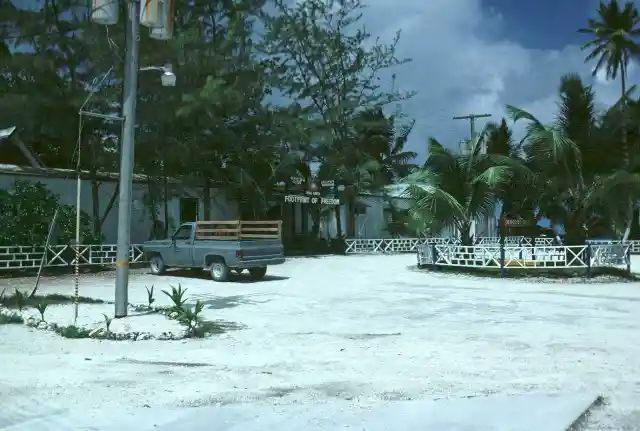
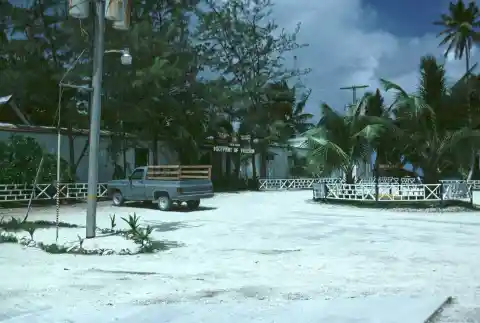
However, according to one of the documents, the deal was due to last until 2016, with an automatic 20-year extension. The British, in turn, received a $14 million discount on a few missiles they had recently ordered. It was a win-win situation.
#14. The Americans’ Interests
This agreement raised a question that to this day remains unsolved: why was the American government so keen on maintaining a military presence on such a remote island? According to American author David Vine, “At the outset, the U.S. didn’t particularly know what they would do with [the island]”.
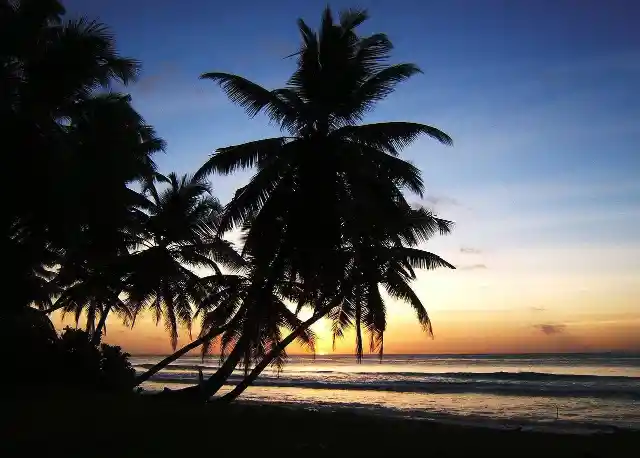
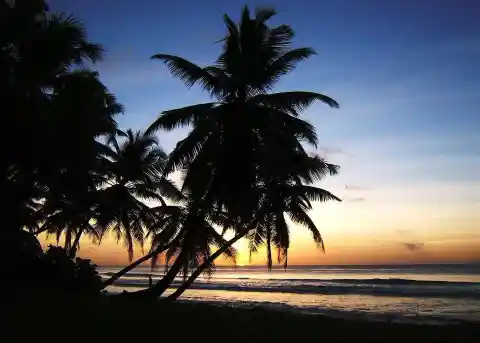
But even though the U.S. government wasn’t sure about the geopolitical role that Diego Garcia would eventually play, they were nonetheless determined on forcing the local inhabitants to leave. But not only the villagers of Diego Garcia were forced to go, but the whole 3,000 Chagossians were expelled from their homes.
#13. The Island’s Depopulation
The local villagers made an unsuccessful attempt to resist the orders from the American authorities. In spite of this, in 1968, the enforced depopulation of the Chagos Archipelago began. Even though the process was gradual, the people didn’t have a choice.
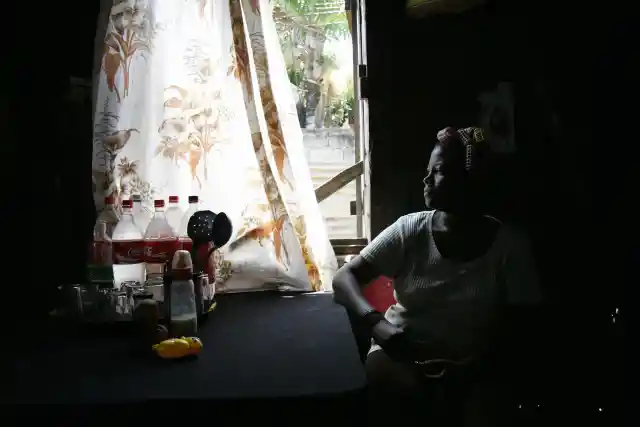
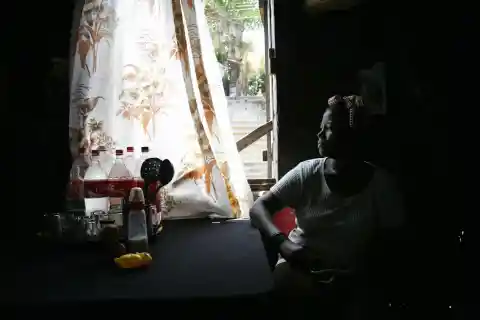
A Chagossian villager named Pierre Prosper explained CNN how the depopulation plan was first put into practice:
“Initially, people who went for special medical treatment to Mauritius were just never allowed to come back. So, a mother who gave birth would be left in Mauritius, while the rest of the family would be in Chagos”.
#12. Driving The People Away
Even though the depopulation wasn’t carried out drastically from one day to the other, it’s also worth mentioning that life for those who remained on the island became very tough. Sadly, the Americans resorted to a wide series of cruel tactics to drive the people away from the islands.

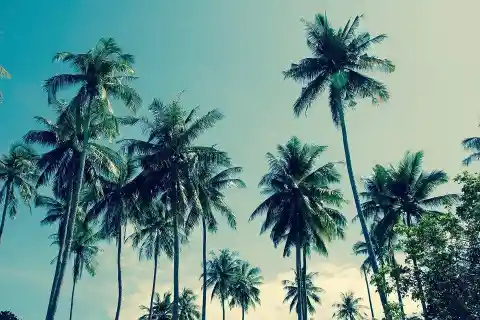
These tactics included the kidnapping of the people’s pets as well as restrictions on the maritime transport of food and medicine. The U.S. authorities’ aim was for people to feel they had no choice but to leave. And eventually, this was the outcome.
#11. Construction And Depopulation
In 1971, the U.S. government finally began the construction of their military base on Diego Garcia Island. At the same time, all of the plantations in the area were shut down and the remaining workers were sent to other islands.

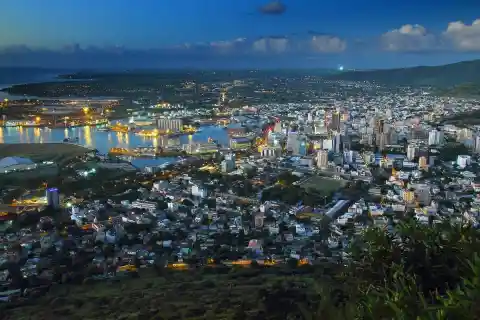
The depopulation continued between 1971 and 1973, and the remaining villagers were placed on cargo ships and sent to Seychelles and Mauritius. However, the Chagossians encountered harsh living conditions, very different from those they were used to. As the Chagossian Isobel Charlot told CNN, “People were living in cemeteries or in cattle houses – anywhere they could get roofs over their heads”.
#10. Diego Garcia’s Development
The construction of the military base was finished in 1973. Two years later, the Vietnam War came to an end, and this led the U.S. to expand the military facilities on the island. As the years went by, the Americans realized what a good investment they made.
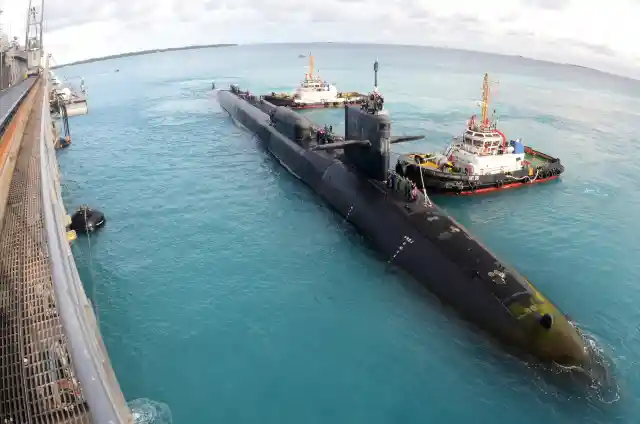
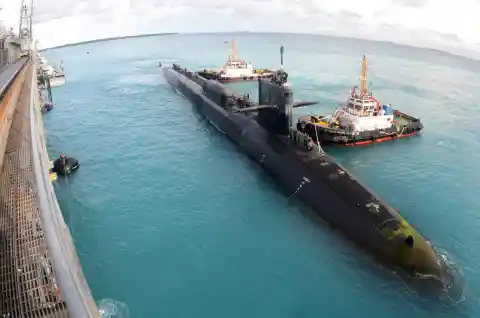
In 1979, the Iranian monarchy was overthrown, and Western powers were now faced with the challenge of ensuring oil to continue to flow across the region. Due to the strategic location of the island, the U.S. decided to expand its facilities in Diego Garcia. In just a few years, they built two 12,000-feet runways, and the lagoon was equipped with anchorages for 20 vessels. Furthermore, the island now featured with enough accommodation for a couple of thousand staff.
#9. The Chagossians’ Fate
At the same time, the exiled Chagossians were adapting to their deplorable living conditions, hundreds of kilometers away from their former home. To make matters worse, back in Mauritius, many faced discrimination from the local residents. As a result, they usually chose to settle in the same neighborhood and to socialize in small groups.
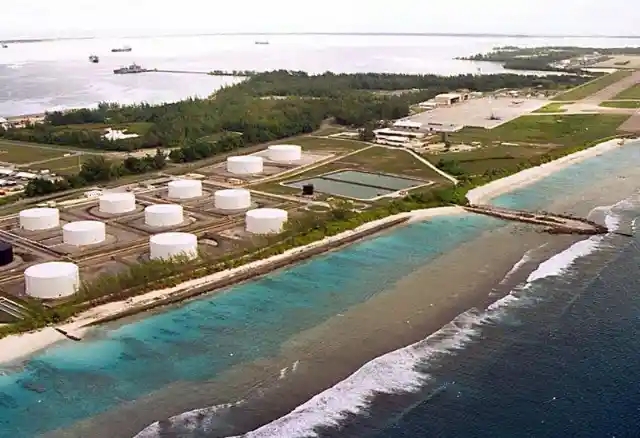
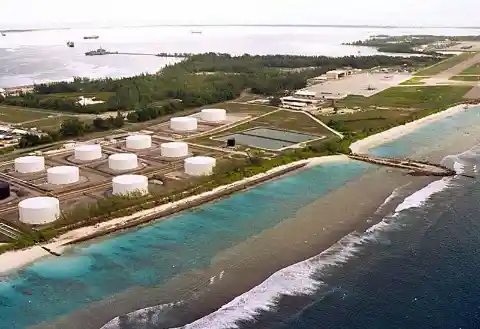
In spite of this, the Chagossians were unable to return to their former land. In 1980, nearly 1,300 of them accepted payments from the British government under the condition that they gave up any rights to ever return to their native island. What would you have done in their shoes?
#8. The Turn Of The Century
As the years went by, everything remained unchanged: the U.S. government continued expanding their military base on the island, and the former inhabitants were still forbidden to go back to their ancestral lands.
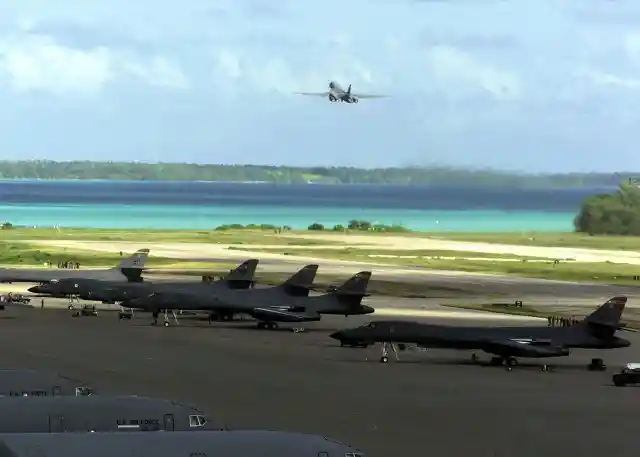
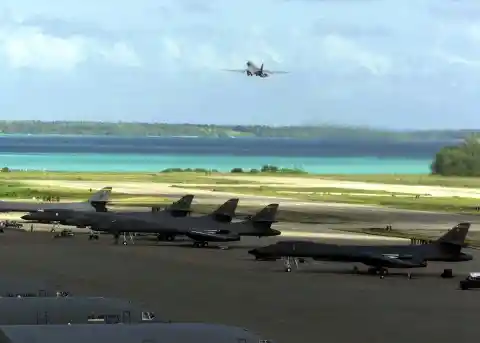
After the September 11th terrorist attack took place in New York City, the U.S. authorities further strengthened their military presence on the Chago Archipelago. More forces were sent to the island’s facilities, and to accommodate them, an enormous housing complex called Camp Justice was built.
#7. Diego Garcia Today
Nowadays, Diego Garcia remains under control of the American Armed Forces. It’s one of the 800 military centers that the U.S. possess and operate overseas. According to experts in geopolitical studies, the U.S.’s military presence in the Chago Archipelago is key to its global hegemony.

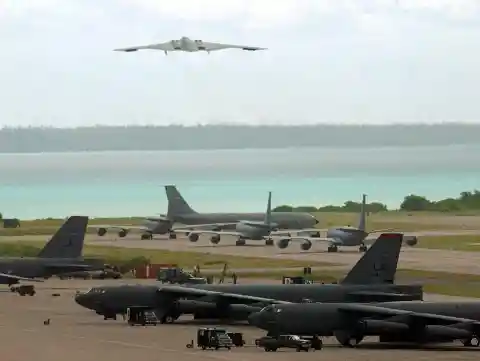
As history teacher Daniel Immerwahr explained to CNN: “There are hundreds of points in foreign countries that the U.S. controls which are really important in protecting its power today”. In order words, it seems that the status quo is not going to change any time soon.
#6. Deserted Islands
Even though the Chagos Islands are of significant importance for the U.S. government, many of them remain deserted. The fact that many of these deserted islands were once inhabited by exiled natives is extremely – and sadly – ironic.


As a matter of fact, Diego Garcia is the only island of the archipelago that is currently inhabited. It is believed that between 3,000 and 5,000 personnel and support staff live in this military base. What will happen in the future? Will the other islands be inhabited too?
#5. Loss Of The Chagossian Culture
Without a doubt, life on Diego Garcia today is extremely different from the laid-back way of life of the Chagossians four decades ago. For example, the military personnel that lives here don’t take advantage of the island’s natural resources. In fact, all of the former croplands have been abandoned.
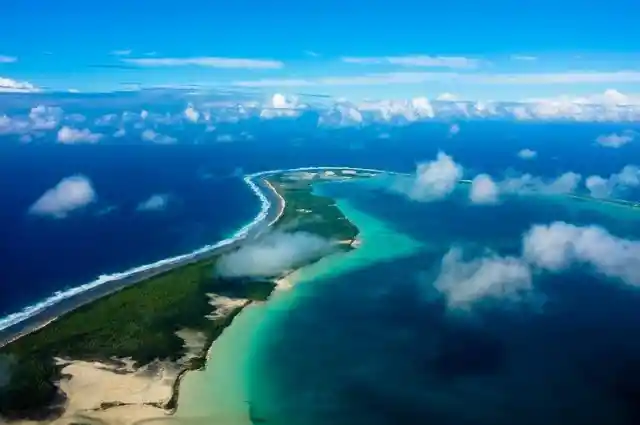
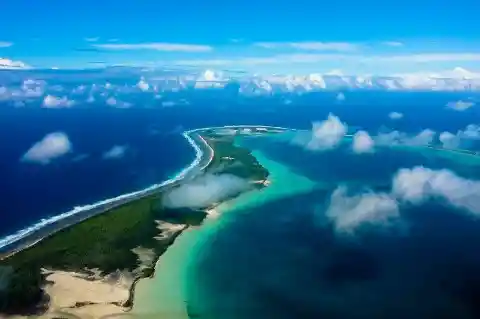
Instead of growing their own food, the Americans feed on imported foods, mainly American specialties such as burgers and beer. They usually spend their free time playing golf and bowling. As you can see, not a single aspect of the Chagossian’s culture has survived.
#4. Diego Garcia’s Non-Military Personnel
However, there have recently been rumors that the non-military personnel living in Diego Garcia are mostly migrant workers that come from different Asian countries with high unemployment rates, such as The Philippines.
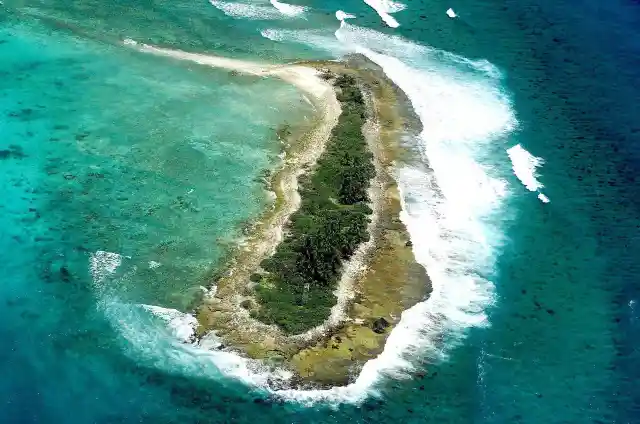
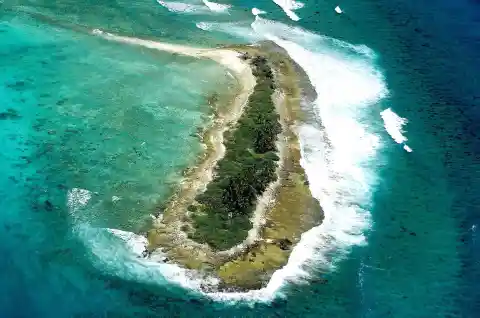
Unlike their American neighbors, they work under poor and unequal conditions. According to New Internationalist, many of these workers receive a wage of $2 per hour and sometimes pull 12-hour work shifts throughout most of the week.
#3. Top Secret
But in spite of these rumors, the U.S. authorities keep what happens at this island in secret. As a matter of fact, many people claim that journalists are forbidden to set foot on the island and that the security measures are even stricter than in Guantanamo.
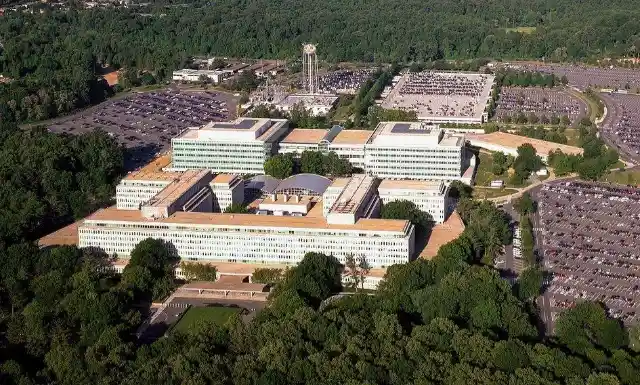
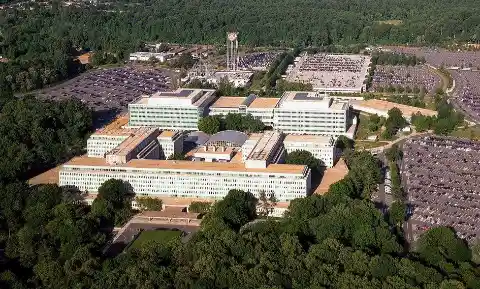
In fact, not even researchers or biologists are allowed to enter the island. This is a major problem, since many of its indigenous species, such as the hawksbill turtle and the green turtle, are under threat of extinction.
#2. The United Nations
Meanwhile, the Chagossians living in Africa and Asia are still longing to return to their native lands. And half a century after their forced exile, it seems that there’s still some hope left. In June 2017, the United Nations General Assembly ruled that the dispute regarding the custody of the Chagos Islands should be handed over to the International Court of Justice. And in February 2019, UN officials stated that the island should be given back to Mauritius.
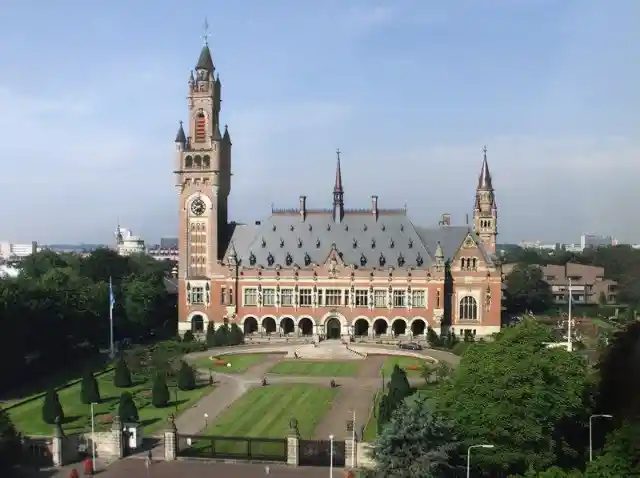
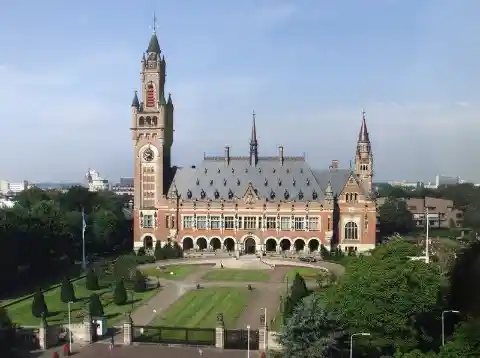
What is the argument behind the UN’s claim? According to the International Court of Justice, the United Kingdom’s decision of separating the Chagos Islands from Mauritius was unlawful. What do you think will happen?
#1. Uncertain Future
It appears to be that this issue will return to the General Assembly of the UN, where it will be further debated. Most of the Chagossians feel that this is a step in the right direction. Only time will tell how the events will unfold.
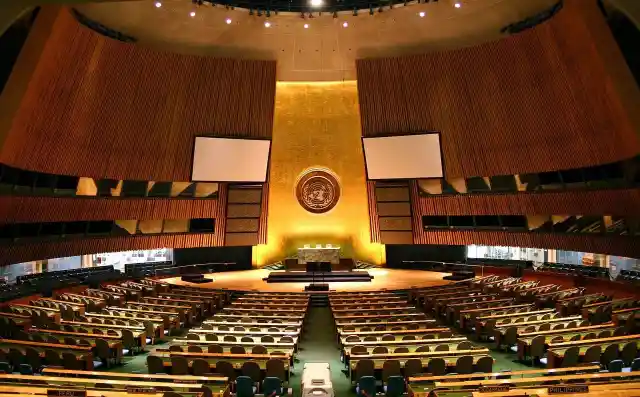
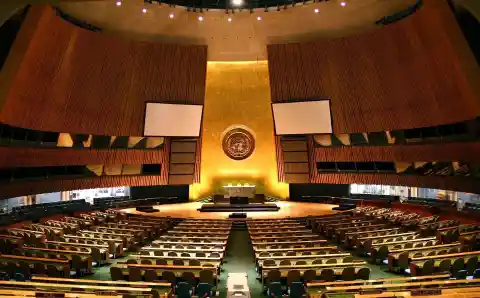
Some of the Chagos Islanders only wish to be allowed to visit their native lands. However, others still claim their right to return to Diego Garcia permanently. As Charlot recently stated after the court ruling: “Already, Diego Garcia has people living there. So why can’t I?